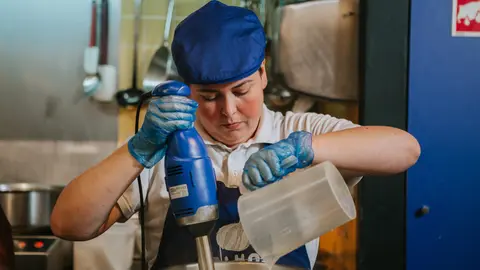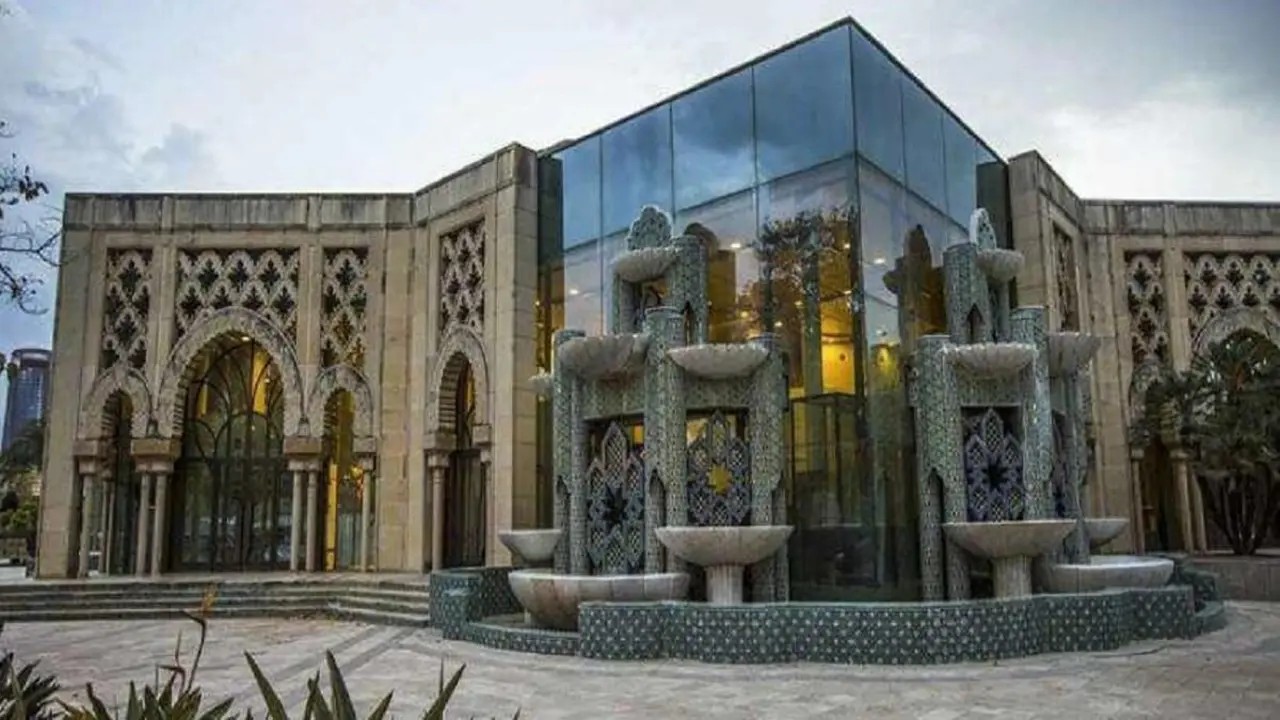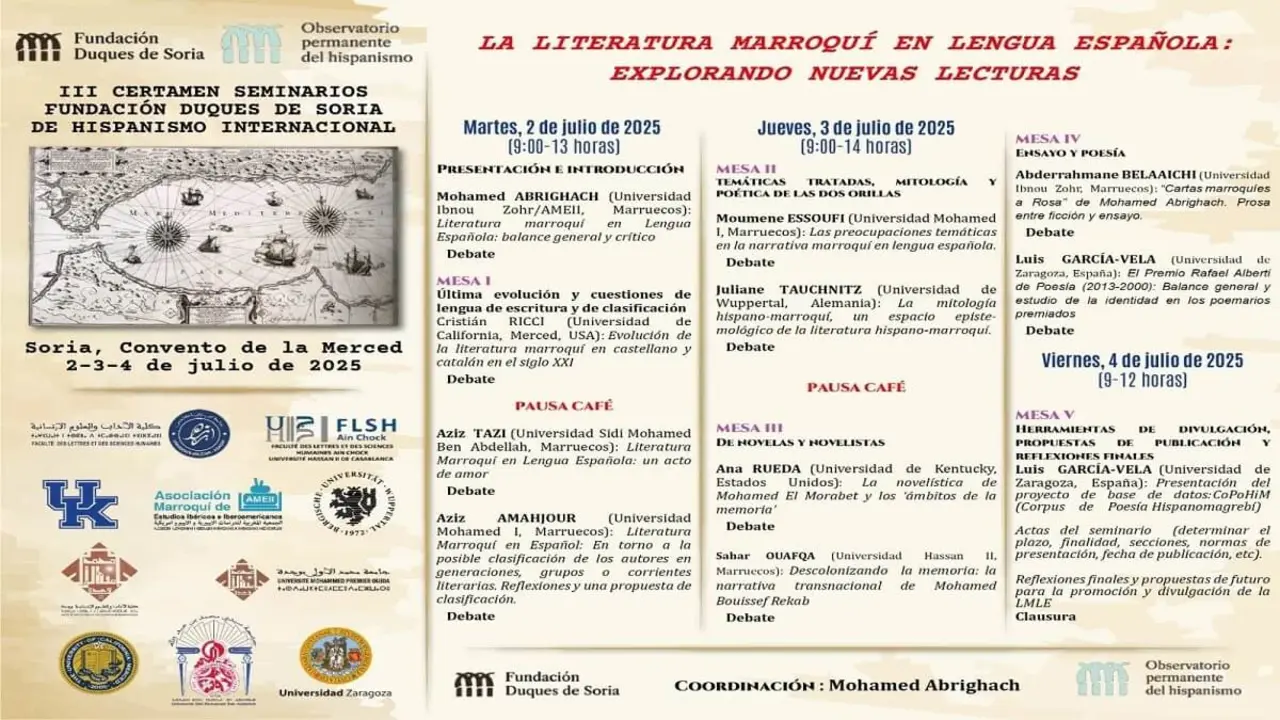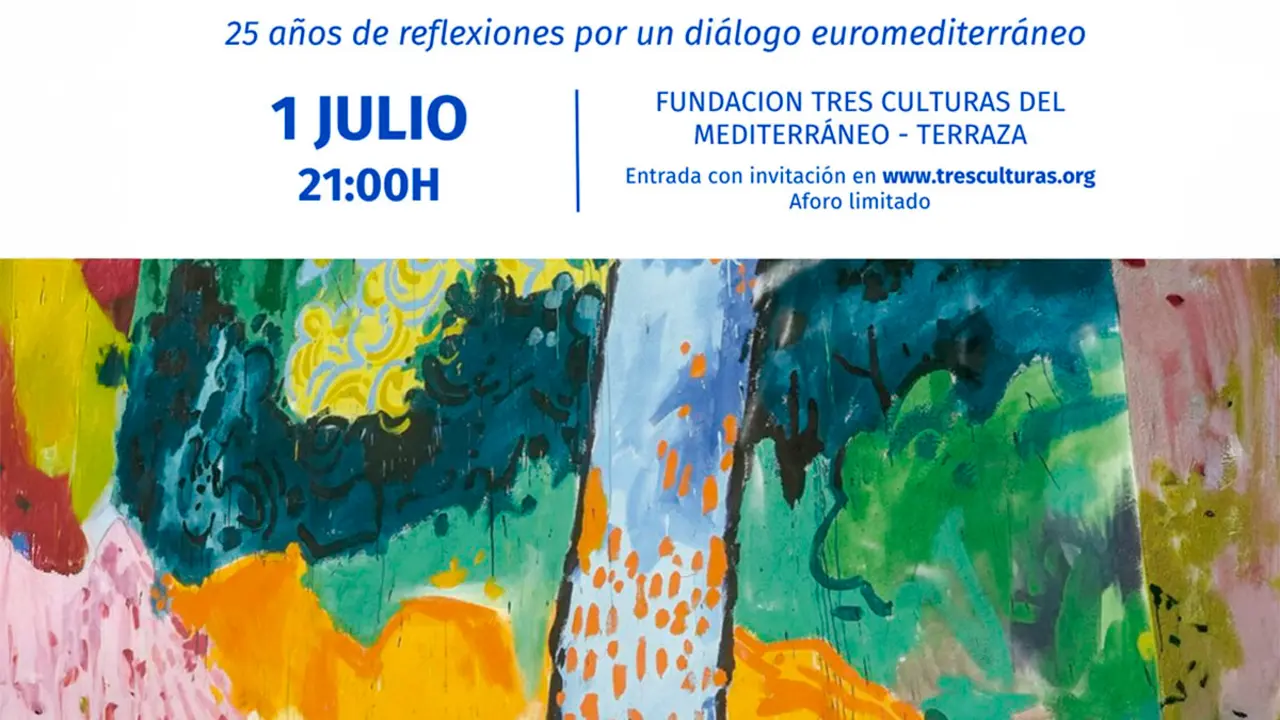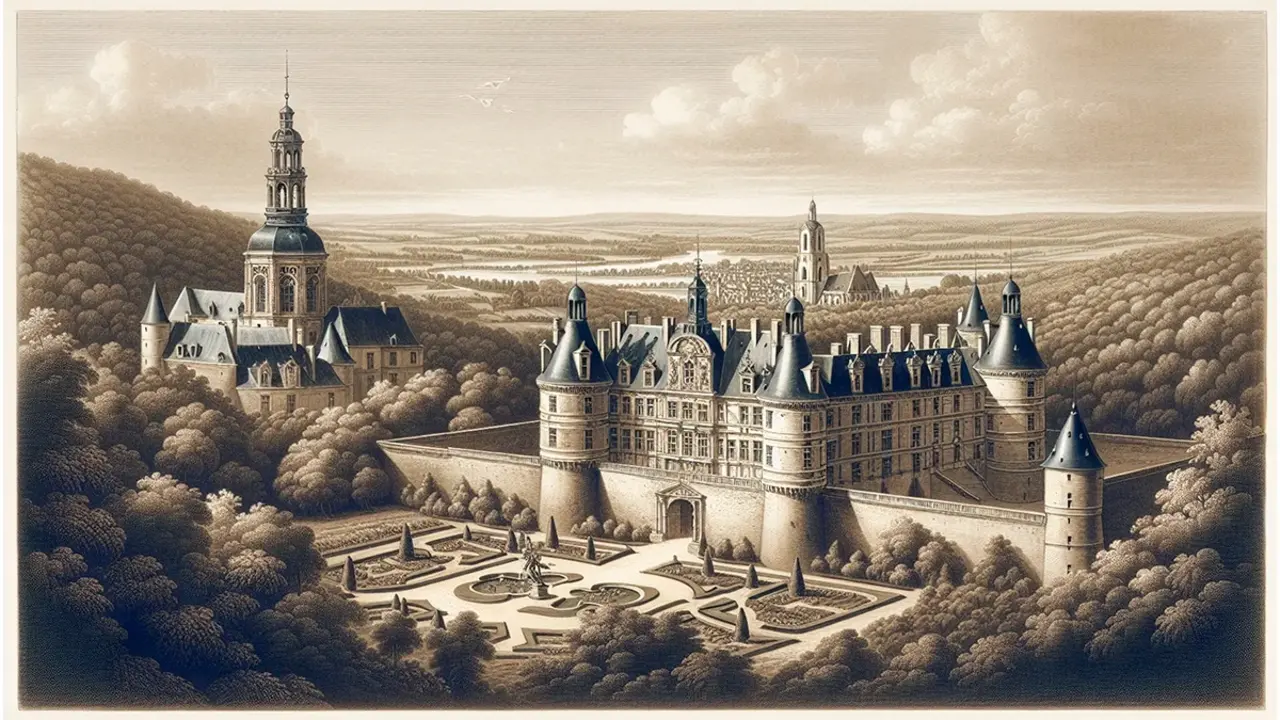The "la Caixa" Foundation offers the exhibition "Nanocosmos. Reality hidden from the human eye"
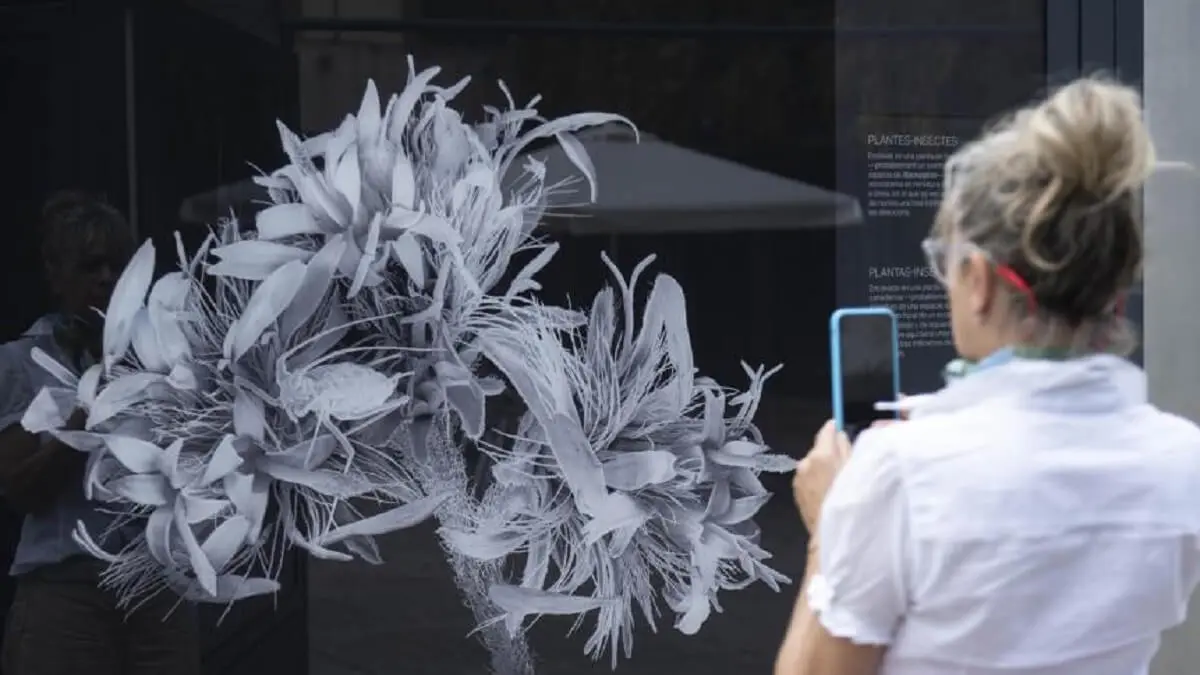
The beauty and unsuspected forms of the microscopic world are revealed thanks to the travelling exhibition "Nanocosmos. Reality hidden from the human eye", produced by the "la Caixa" Foundation. The exhibition presents 36 photographs taken with an electron microscope by the artist Michael Benson, offering us a different view of flora and fauna on the smallest scale.
Art, high technology and science merge in this new exhibition, which is a journey through the natural world on a sub-millimetre scale. Benson, who has always been fascinated by the boundary between what we see and what we don't, achieves stunning and revealing images of life that is invisible to the eye.
Using a scanning electron microscope from the Canadian Museum of Nature in Ottawa, the author has managed to turn around the uses of this technology, which until now has been at the service of science. Benson now uses it to create art in the form of 36 black-and-white digital images, painstakingly processed and assembled, which portray the complexity of flora and fauna.
The images show, for example, the structures of diatoms, a group of single-celled algae that is one of the most common types of phytoplankton. Diatoms absorb between 10 and 20 billion tonnes of carbon dioxide each year and are responsible for between 20 and 50 % of the total oxygen that enters the Earth's atmosphere each year.
Similarly, the radiolarians, a type of zooplankton found in all the world's oceans, with a skeleton almost always composed of silica and geometric shapes similar to regular polyhedrons, can be studied at close quarters.
The relationship between insects and plants also attracts Benson's attention and focus. In the exhibition, we can see in detail an insect as small as the aphid, which measures between 1 and 3 millimetres, and of which we can even see the stylet, which it uses to perforate the plants and extract nutrients. We can also see the palps, the hairy appendages of butterflies, which help them to taste food to determine whether it is edible, or the eyes and antennae of a bee, as well as the wings of a dragonfly, which allow it to reach speeds of between 35 and 54 km/h.
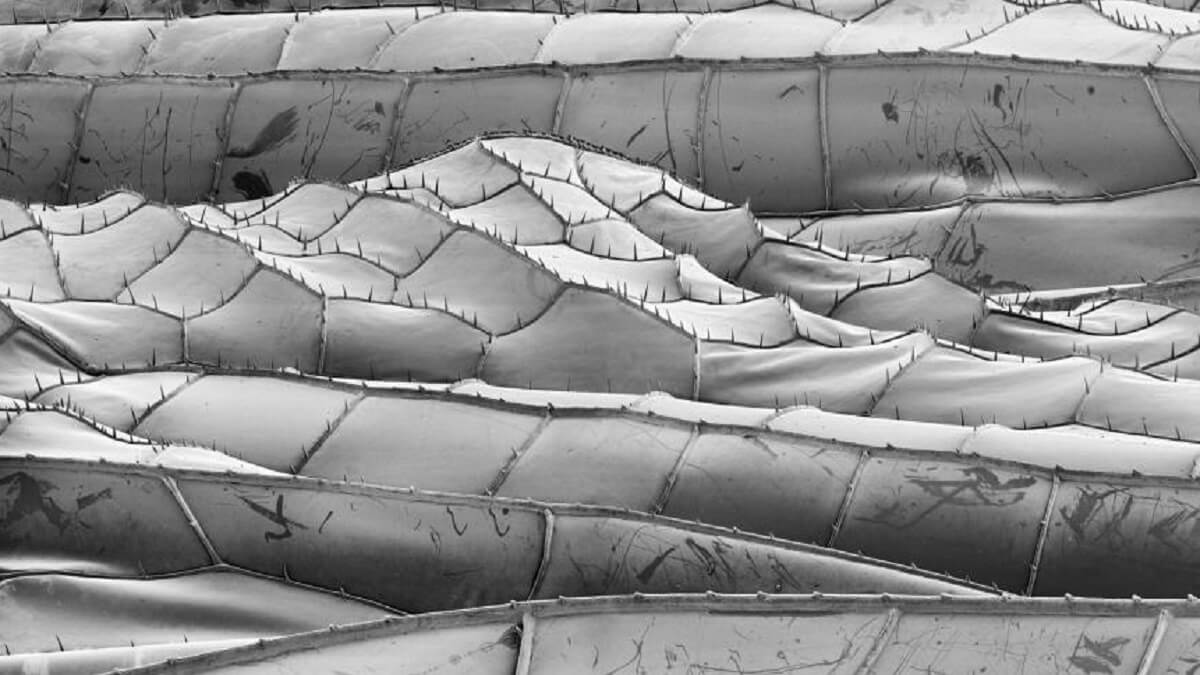
This exhibition is "la Caixa" Foundation's second collaboration with the American writer, artist and filmmaker. "Other Worlds. Travels through the solar system by Michael Benson" was the first travelling exhibition held jointly. The exhibition, which can still be seen in cities in Spain and Portugal, displays forty striking images of the planets of our solar system captured by NASA and ESA probes, and selected and treated by Benson.
After having shown us the immensity of the outer world, Benson brings us closer this time with "Nanocosmos" to other surprising discoveries much closer to us, although imperceptible to our eyes. This fascinating construction between architecture, botany, biology and avant-garde art is touring cities in Spain and Portugal.
Both exhibitions form part of the "Art in the Street" programme, with which the "la Caixa" Foundation aims to turn different towns and cities into open-air museums. Dissemination is a basic instrument for promoting people's growth. For this reason, through these exhibitions, the organisation aims to bring culture and science closer to all kinds of audiences.


